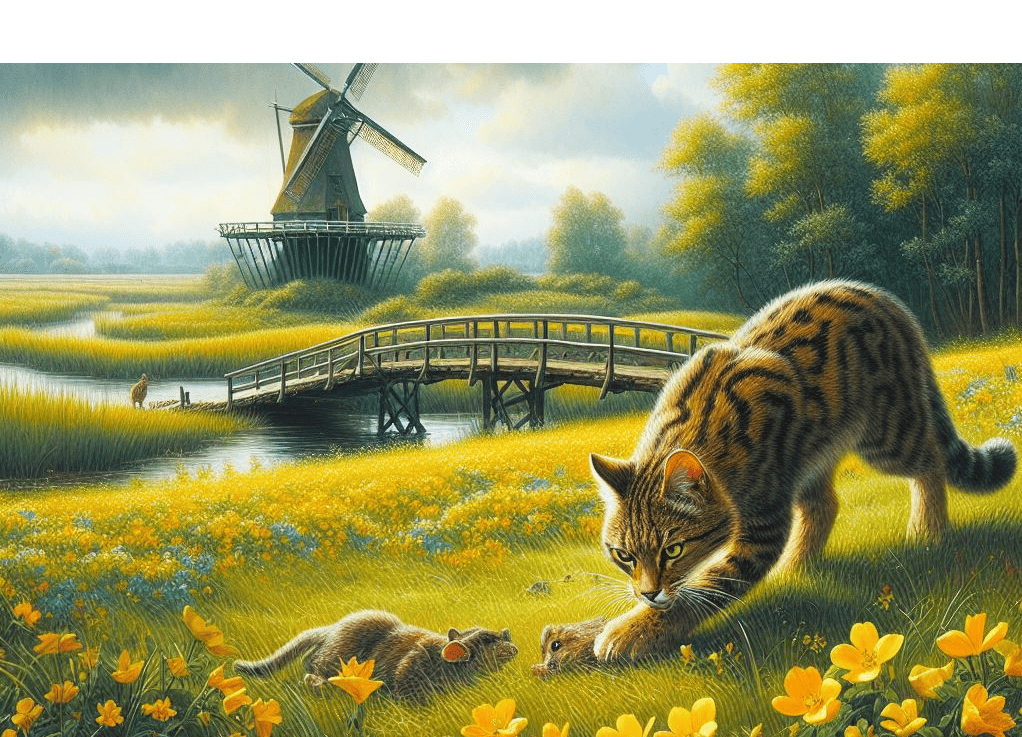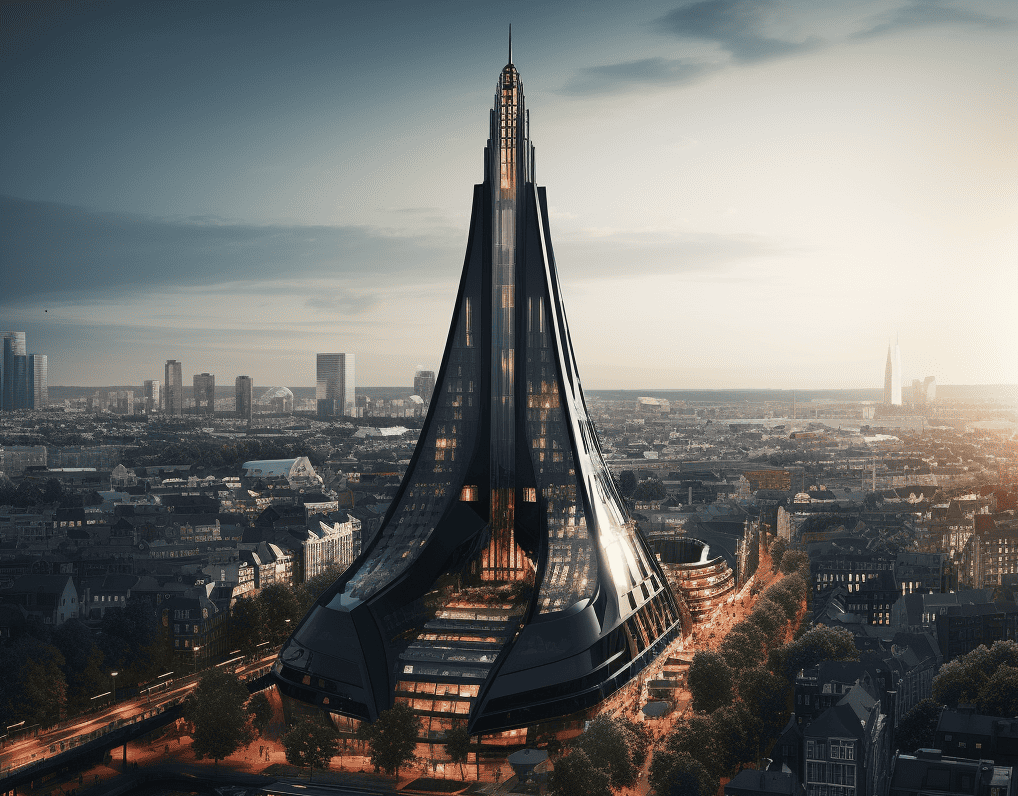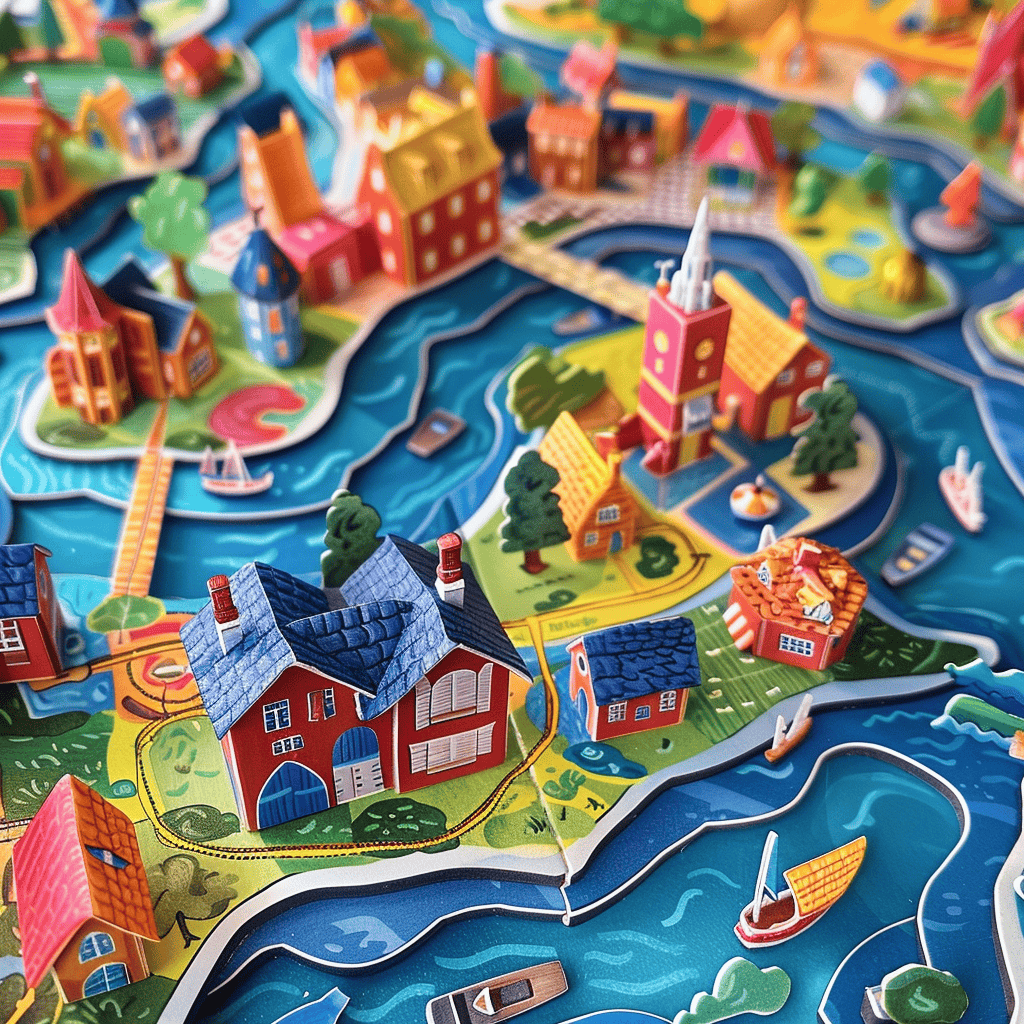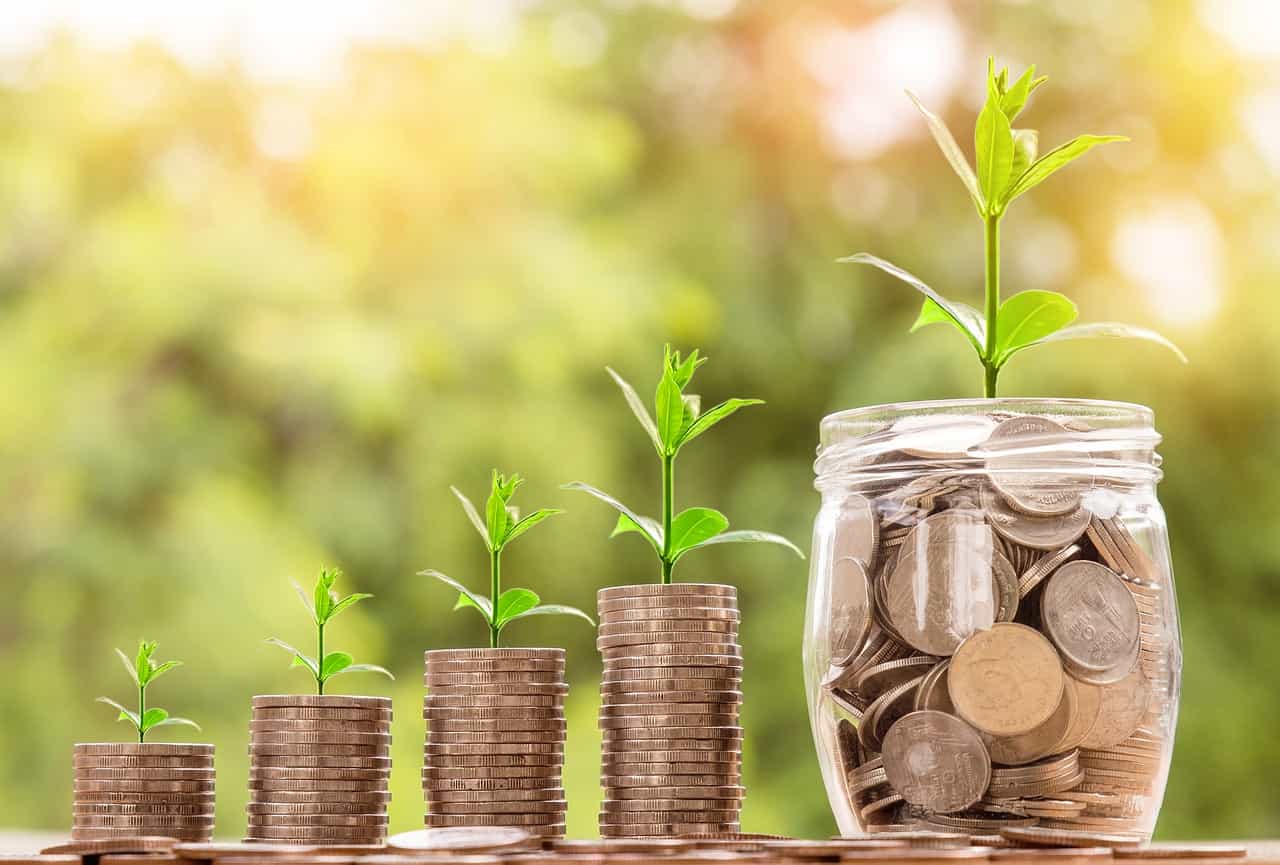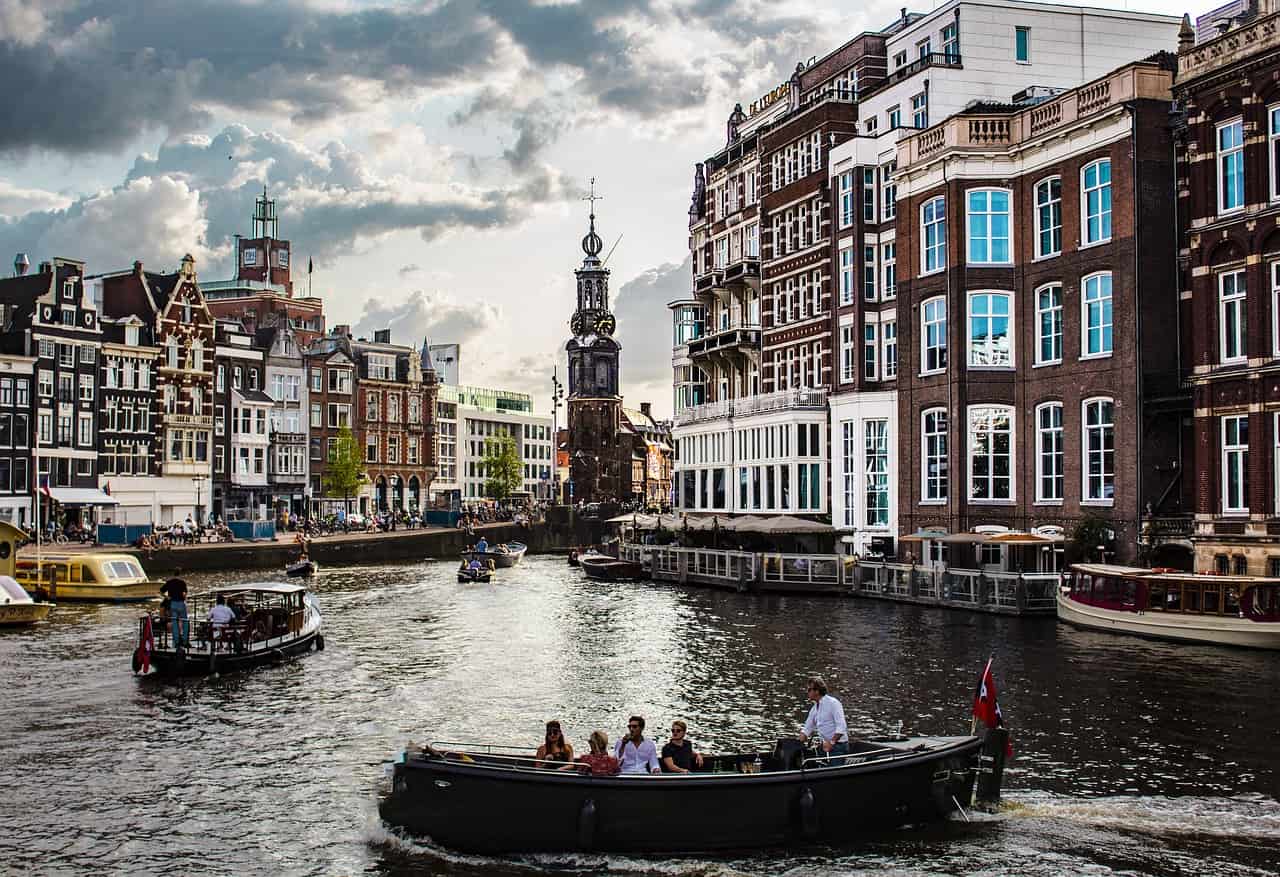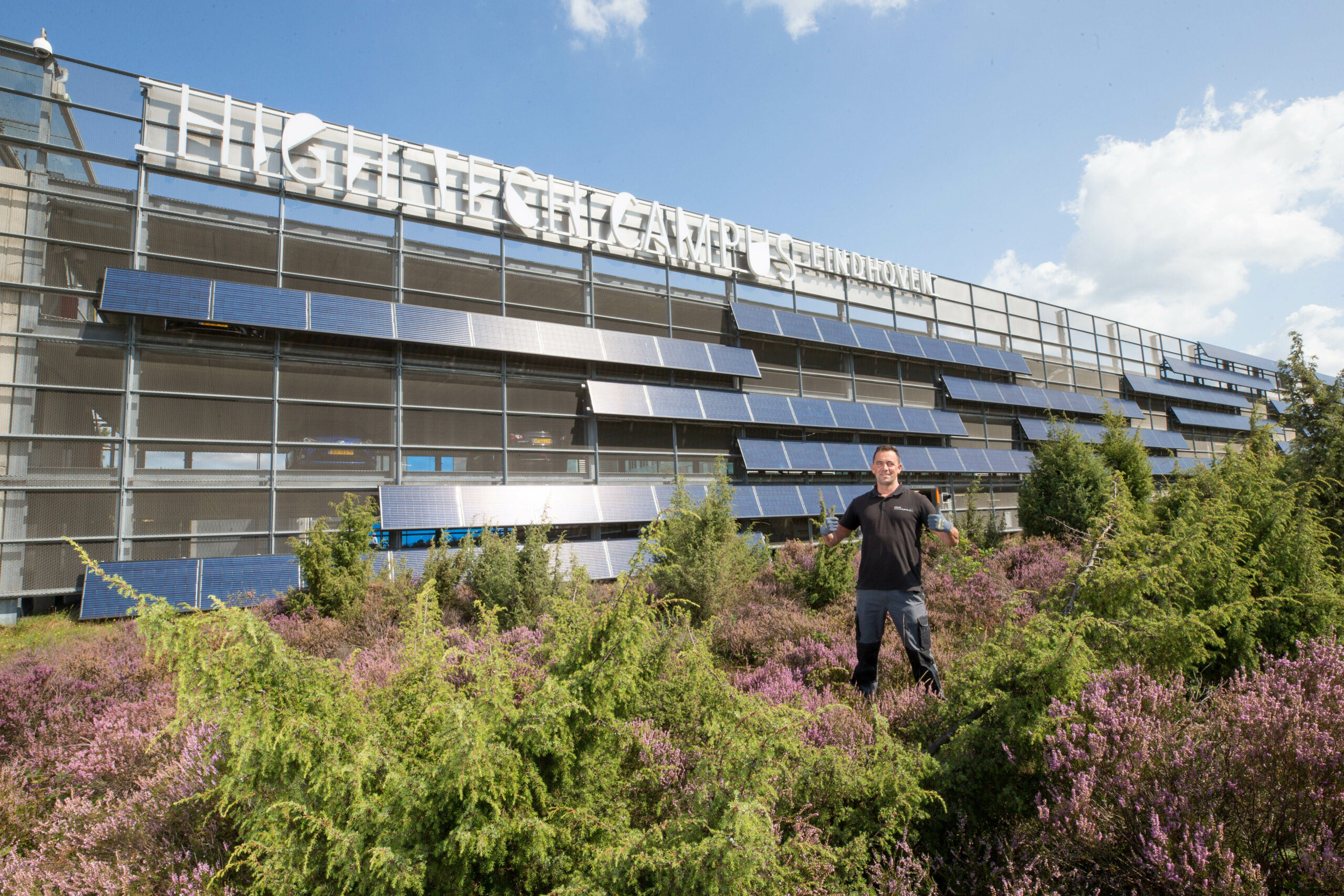
Sheep as selective lawn mowers, grazing only what they need. It contributes to the biodiversity at the High Tech Campus Eindhoven, Netherlands, which has the ambition to be the most sustainable and innovative campus in Europe by 2025. The sheep are an example of how the campus is fulfilling its ambition. A total of 11,000 solar panels, a cold-heat storage system that heats the buildings and, in the future, perhaps wind turbines and a fast-charge and hydrogen station for cars.
The list of examples is long and doesn’t just include improvements for the environment. There are also initiatives for a good working environment such as a sports club, and a feelball field converted for cricket, Fe+Male Tech Heroes for more diversity in technology. There are also several hubs to accelerate innovation including Workplace Vitality Hub, AI Innovation Center and the 5G Hub. High Tech Campus Ingelou Stol together with Vinal Hindocha, cinematographer at House of Yellow, made a documentary about all these developments. The first two parts appeared earlier this month, this week part three will be shown, on November 24.
Coalition
It’s Christmas 2020 when Stol texts Hindocha with an idea. “Couldn’t we make a film together about sustainability?” The ideas start flying back and forth immediately. The High Tech Campus wants to become the most sustainable campus in Europe by 2025. That means not only more green but also a focus on vitality, diversity and innovation. I want to show that so much because it’s so beautiful.”
One of the interviewees in Part 1 is Anne van Wijchen. She started as Sustainability Manager at the High Tech Campus in 2016. The ambition had just been declared a year ago. Van Wijchen’s task is to work with the campus’ suppliers to “create real value in the form of sustainability and innovation.” In a so-called Facilities Coalition, the campus is working with Strukton Worksphere (engineering), Beelen (waste), ICS (cleaning), Trigion (security), Dolmans (landscape), Eurest (hospitality) and Yask Facility Management (managing agent). Van Wijchen presents this coalition with tasks to achieve its sustainability ambition, such as a circular economy and CO2 reduction.
“They then jointly come up with solutions that add value for the campus.” There are a total of 20 suppliers, all with contracts with room for development in sustainability. The eight largest are in the coalition. An indefinite-delivery contract is in place with these suppliers. “We also really take the time to grow and develop those facility partners here and that’s a really nice way to work with them. Before, it was traditional and with detailed contracts. Now there’s a lot more room for innovation.”
Flowery verges
Each supplier is given the space to put forward their ideas. This includes Dolmans Landscaping Services, responsible for green space management on the Campus since 2015. Whereas in the first year mowing and pruning were still done according to the landscape architect’s image and quality plan, now maintenance is done entirely according to an ecological management plan. This means, among other things, that it is not determined in advance what should be done when, but that the ecologists of Dolmans and the High Tech Campus “observe and monitor” what is necessary. “Of course, this is always in consultation with the landscape architect,” he says.
“When we first arrived on campus, we already saw opportunities for ecological management,” says Mart Hoppenbrouwers, commercial director. The campus has a large pond, lots of grass, trees and shrubs. It is also adjacent to a nature reserve. “At some point the ambition of HTCE came up. For us, it was the appropriate moment to pull out all the stops to make green management part of that ambition to become the most sustainable campus in Europe.” The green management company developed an ecological management plan with cyclical management, grazing by sheep, continuous monitoring and adjustment and initiating new trials in the Eco Livinglab as key elements.
“Sinuous, selective mowing is a part of cyclical management. There is a whole theory behind it,” says Hoppenbrouwers. “It does require some work from mowing specialists, but it results in flowery verges that are good for biodiversity. There are more insects and butterflies and it even increases the water storage capacity of the soil.” That’s according to a study Dolmans recently conducted into the effect of ecological management. In January, the company will publish the results of that study.
Natural enemy
The bank of the pond was also changed, creating hiding places for rodents and insects. “We started to manage the reed vegetation along the banks differently so that we also protect that flora and fauna,” he says. The purpose of an ecological management plan is to manage and protect the flora and fauna present on the one hand, but also to develop new species on the other.”
The reeds are no longer rigorously mowed every year. Ecologists survey and monitor what needs to be mowed away. That surveying and monitoring is a very important element, says Hoppenbrouwers. “Of course we have outlined a management plan on paper, but in the field we continuously make adjustments, for example, if our ecologists see that certain management activities are not producing the intended results. It’s a continuous adjustment.”
That would seem to take more time. But according to Hoppenbrouwers, it actually saves work. “Because you manage smarter. You mow more selectively, for example.” Dolmans also applies this smarter management in municipalities such as Tilburg and Amsterdam. “Why would you mow away the vegetation at the base of a tree when the tree is in the grass, for example? I think that’s pure nonsense. If you don’t remove anything, you not only save money, you also prevent possible mowing damage. It also helps, for example, the natural enemies of the oak processionary caterpillar.”
Drones
Hoppenbrouwers also thinks it’s a shame that every autumn we remove all the leaves from the so-called planting areas. “Please leave it. It enriches the soil and increases the water-holding capacity of the soil. If you clean it up, you also remove the insects that take shelter in it. Leave it and you won’t have to fertilize as much in the spring.”
A very visible example of sustainable green management is the selective lawnmowers, the sheep. There are also hiding places for swallows on the campus, and Brabant Water converted a clean water cellar into a bat cellar. “Our next dream is sensors and drones that measure, for example, how many butterflies there are and how large the bee population is. This way we know how the fauna is developing through our ecological management.”
Counting already happens, but only to a certain extent, Hoppenbrouwers explains. “But actually you would want to measure everything present on the HTCE with drones and sensors.” Dolmans hopes to take that next step with the innovative companies on the Campus.
Hoppenbrouwers also sees opportunities, for example, for circularity. One such opportunity would be to make bokashi – Japanese for “fermented organic material” – from the campus’s leaf and food waste. “That can be used on the campus again as compost for gardens,” he says. Waste collector Beelen already uses a composter to process coffee grounds and fruit and vegetable scraps, Swill, into compost.

Sharing heat
The waste collection company also has a plan to use a plastic shredder to grind up the hard plastic containers, Van Wijchen reveals. “Then our tenants can reuse those flakes to 3D print a product, for example.”
The campus is also looking to collaborate off-site, Van Wijchen continues. “To share heat.” A cold and heat storage system cools and heats the buildings. With the 11,000 solar panels, the campus also generates four megawatts per year. There is a data center that produces a lot of heat which will eventually create a surplus of heat, says van Wijchen. The campus is in talks with the municipality of Eindhoven and the nearby Van der Valk Hotel. “Van der Valk is building a new conference center. That building can then use our surplus heat.”
Van Wijchen says: “What’s nice about my role is that previously I only had contact with the suppliers about the quality of the coffee and the cleaning, for example. Now I’m developing with the suppliers and preferably with the companies on the campus, and it’s yielding great results.”
In addition to goals for a better environment, the HTCE also strives to provide a good working environment and to be a place where innovations can accelerate. Those goals are reflected in parts two and three of the documentary series.



